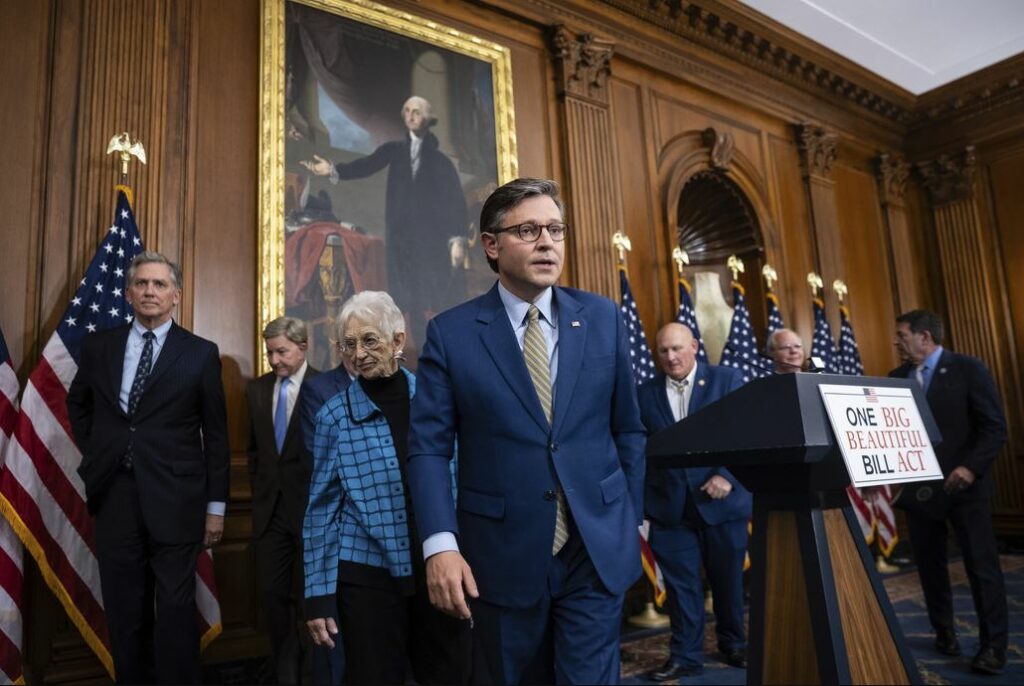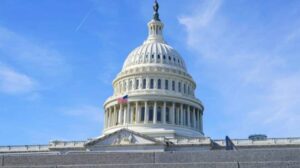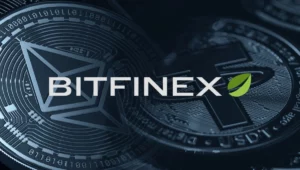
In a major development for the crypto industry, pro-crypto senators in the U.S. Senate are preparing to introduce a new, comprehensive bill that could reshape how digital assets are regulated in the country. The legislation is expected to clarify the division of oversight between key regulatory agencies, a move that could offer long-awaited legal clarity for the fast-growing sector of crypto regulation.

Senate Set to Follow House’s Lead
On Tuesday, Senator Cynthia Lummis (R-Wyo.), a leading crypto advocate in Congress, announced that the Senate is finalizing a bill aimed at establishing a market structure for digital assets. The legislation will largely mirror a similar bill recently introduced in the House of Representatives by Republicans.
According to Lummis, “It’s going to look very much like the House bill.” She emphasized that the Senate version will aim to be both bipartisan and bicameral. “We’ll probably tweak it a smidge and run it by Sen. [Kirsten] Gillibrand and see if we can introduce it on a bipartisan basis over here,” Lummis told reporters.
A Bipartisan Push Toward Crypto Clarity
The House market structure bill, which was introduced earlier this year, is already gaining traction. Two key House committees — Financial Services and Agriculture — are holding separate hearings on the legislation this week. This dual-committee approach reflects the bill’s goal to divide regulatory responsibilities between the Securities and Exchange Commission (SEC) and the Commodity Futures Trading Commission (CFTC), a key aspect of broader crypto regulation efforts.
Under this structure, the SEC would retain jurisdiction over securities-related digital assets, while the CFTC would oversee commodities-related tokens. House Financial Services and Senate Banking oversee the SEC, while the Agriculture Committees in both chambers oversee the CFTC.
The Senate Banking Committee is also expected to hold its own hearing on digital asset market structure later this month, according to Lummis.
Stablecoin Regulation Still on the Table
In addition to the broader market structure bill, lawmakers are simultaneously working on a more targeted piece of legislation focused on stablecoins — cryptocurrencies pegged to traditional assets like the U.S. dollar.
Senate GOP leaders are pushing to bring a stablecoin bill to a vote in the coming days. However, the final passage hinges on reaching a consensus over proposed amendments.
The stablecoin bill aims to establish clear guidelines for issuing and regulating dollar-backed tokens, which are seen as a key part of the future financial system. Stablecoins are widely used for trading, payments, and cross-border transfers, but concerns remain over consumer protections, reserve transparency, and the potential for systemic risk, all central concerns in current crypto regulation debates.
A Critical Moment for U.S. Crypto Regulation
The introduction of both bills marks a pivotal moment for crypto regulation policy in the U.S., where regulatory uncertainty has long hindered industry growth. Lawmakers from both parties, including a growing number of senators, increasingly recognize the need for clear rules to prevent innovation from fleeing to more favorable jurisdictions.
Senator Lummis and Senator Gillibrand have previously collaborated on the bipartisan Lummis-Gillibrand Responsible Financial Innovation Act, introduced in 2022. That bill laid much of the groundwork for the current push, calling for clearer definitions of digital assets and a split in oversight between the SEC and CFTC.
The renewed legislative effort this month suggests that Congress is serious about advancing crypto-friendly reforms, particularly as the 2024 election cycle pushes financial innovation to the center of the political conversation.

Industry Reaction and Political Implications
Crypto industry leaders have welcomed the news of progress on Capitol Hill. Many have long argued that the U.S. needs a tailored crypto regulation framework to compete with international markets, especially as regions like the European Union have already passed comprehensive crypto laws, such as MiCA (Markets in Crypto-Assets regulation).
If passed, the market structure and stablecoin bills could help legitimize digital assets in the eyes of institutional investors and traditional finance. It could also provide regulatory certainty that encourages further development and adoption of blockchain technologies within the U.S.
However, the path to final passage is still uncertain. Partisan divisions remain, particularly on issues like investor protection, enforcement powers, and federal vs. state regulatory authority. The bills will need to navigate hearings, amendments, and potential political pushback in both chambers.
What Comes Next?
- June 2025: Senate expected to introduce the market structure bill.
- This Week: House Financial Services and Agriculture Committees hold hearings on the House version.
- Later This Month: Senate Banking Subcommittee on Crypto to hold a hearing on market structure.
- In the Coming Days: Possible Senate vote on the stablecoin bill, pending agreement on amendments.
Senator Lummis’ comments signal that crypto legislation is once again gaining momentum in Congress. As both chambers and key senators work toward consensus, the next few weeks could shape the future of U.S. crypto regulation for years to come.























